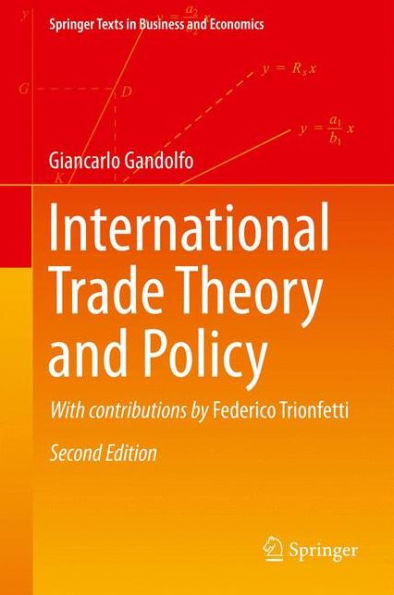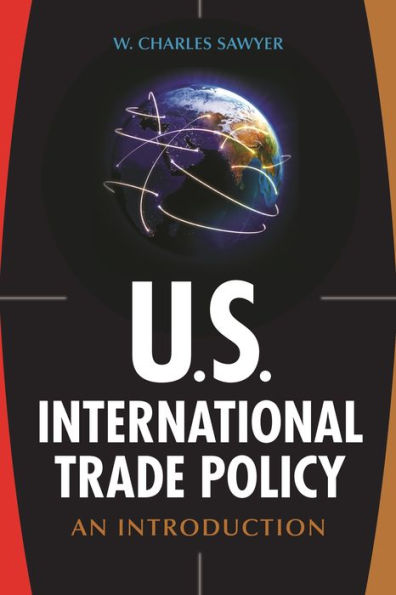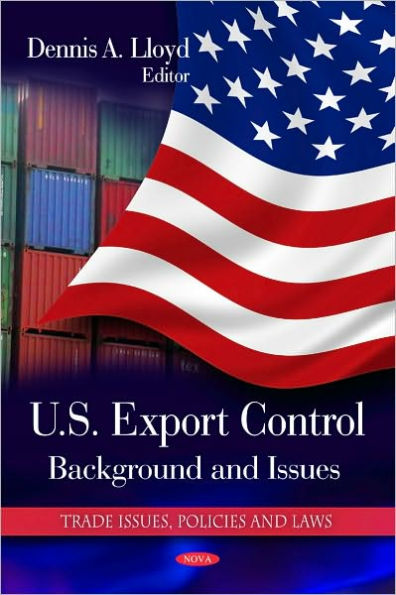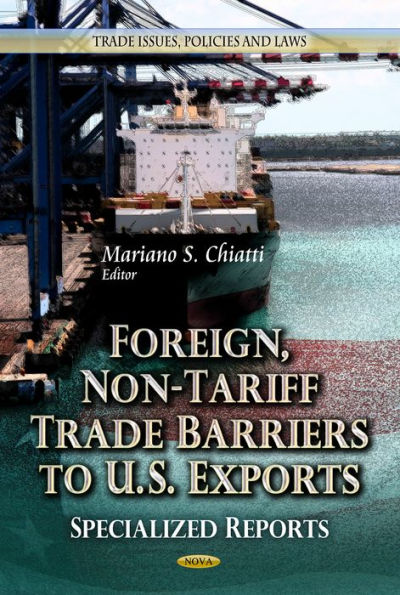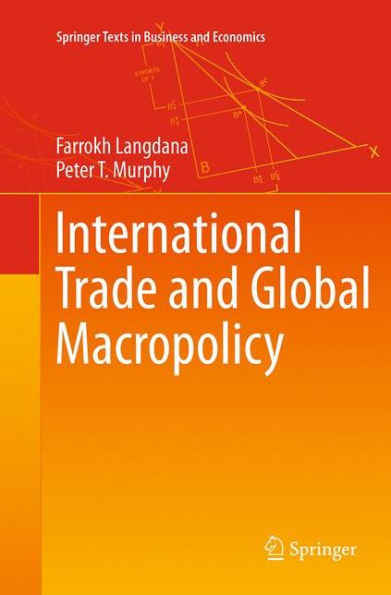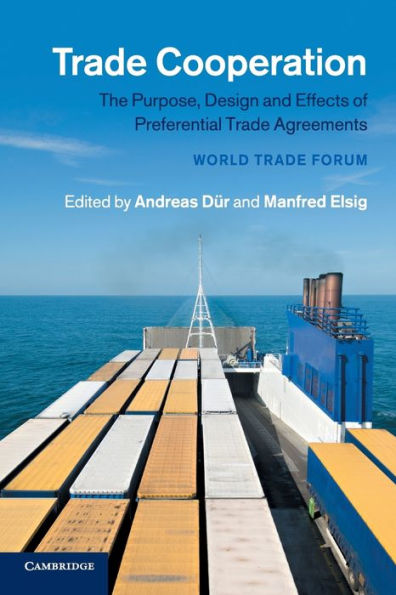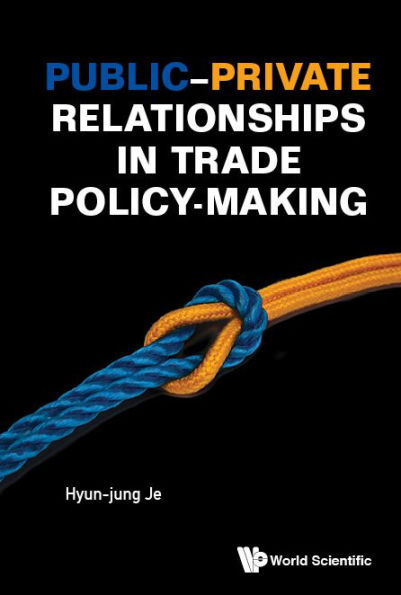Home
U.S. Trade Concepts, Performance, and Policy: Frequently Asked Questions
Barnes and Noble
U.S. Trade Concepts, Performance, and Policy: Frequently Asked Questions
Current price: $19.95
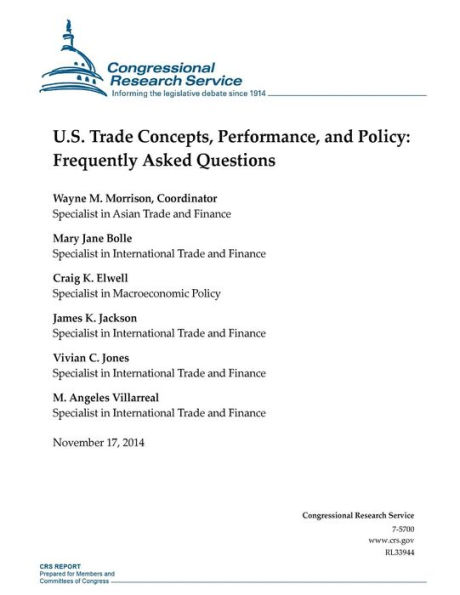

Barnes and Noble
U.S. Trade Concepts, Performance, and Policy: Frequently Asked Questions
Current price: $19.95
Size: OS
Loading Inventory...
*Product information may vary - to confirm product availability, pricing, shipping and return information please contact Barnes and Noble
Congress plays a major role in U.S. trade policy through its legislative and oversight authority. There are a number of major trade issues that are currently the focus of Congress. For example, bills were introduced in the 113th Congress to reauthorize Trade Promotion Authority (TPA), the U.S. Generalized System of Preferences (GSP), and the U.S. Export-Import Bank. Congress has also been involved with proposed free trade agreements (FTAs), including the Trans-Pacific Partnership (TPP) involving the United States and 11 other countries and the Transatlantic Trade and Investment Partnership (TTIP) between the United States and the European Union (EU). Also of interest to Congress are current plurilateral negotiations for a Trade in Services Agreement (TISA) and a new multilateral Information Technology (ITA) agreement in the World Trade Organization (WTO). Trade and investment policies of major U.S. trading partners (such as China), especially when they are deemed harmful to U.S. economic interests, are also of continued concern to Congress. Events in the Ukraine have prompted U.S. trade sanctions against Russia. The costs and benefits of trade to the U.S. economy, firms, workers, and constituents, and the future direction of U.S. trade policy, are hotly debated topics in Congress. This report provides information and context for these and many other trade topics. It is intended to assist Members and staff who may be new to trade issues. The report is divided into four sections in a question-and-answer format: trade concepts; U.S. trade performance; formulation of U.S. trade policy; and trade and investment issues. Additional suggested readings are provided in an appendix. The first section, "Trade Concepts," deals with why countries trade, the consequences of trade expansion, and the relationship between globalization and trade. Key questions address the benefits of specialization in production and trade, efforts by governments to influence a country's comparative advantage, how trade expansion can be costly and disruptive to workers in some industries, and some unique characteristics of trade between developed countries. The second section, "U.S. Trade Performance," lists data on U.S. trade flows and focuses on the U.S. trade deficit, including its implications for the U.S. economy. Questions address the causes of trade deficits, the role of foreign trade barriers, and how the trade deficit might be reduced. The third section, "Formulation of U.S. Trade Policy," deals with the roles played by the executive branch, Congress, the private sector, and the judiciary in the formulation of U.S. trade policy. Information on how trade policy functions are organized in Congress and the executive branch, as well as the respective roles of individual Members and the President, is provided. The roles of the private sector and the judiciary are also discussed.
